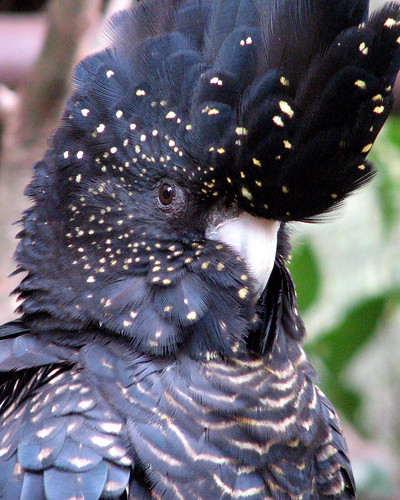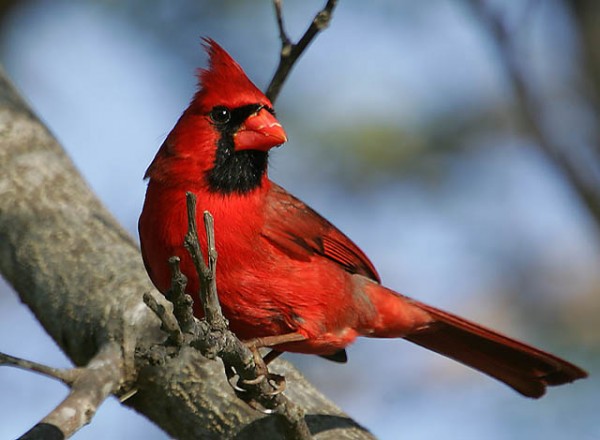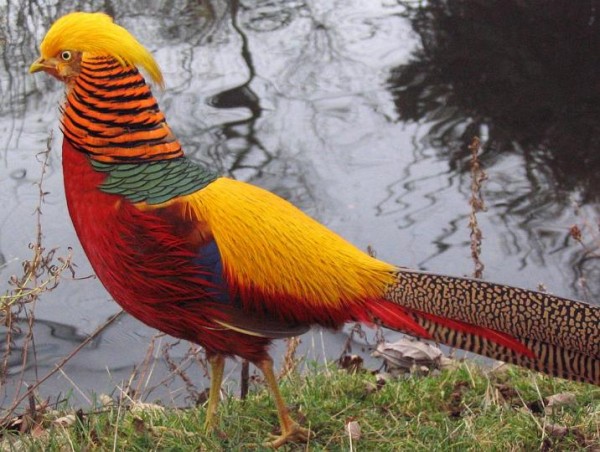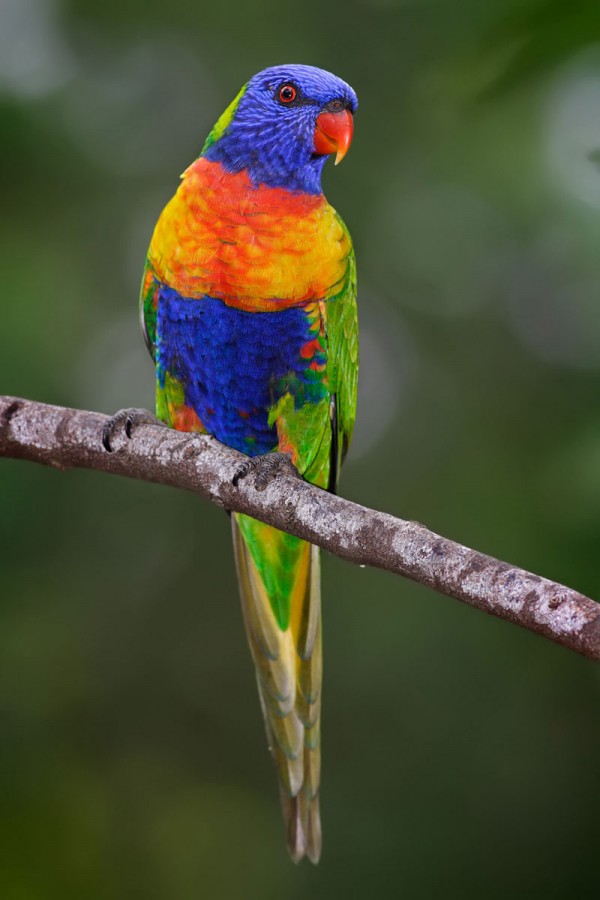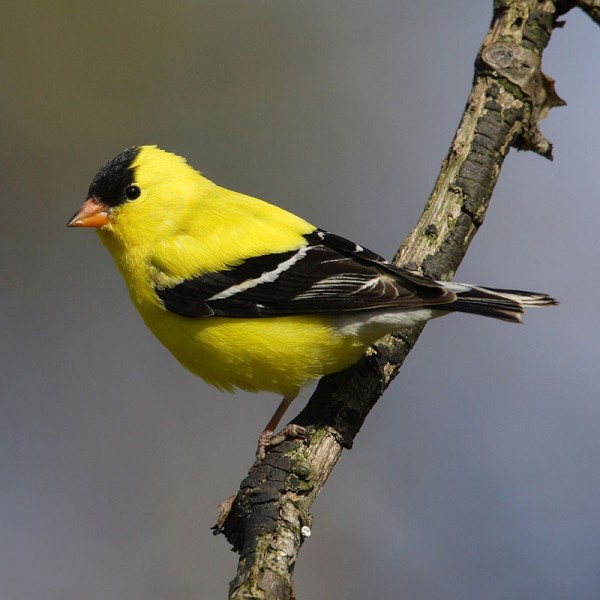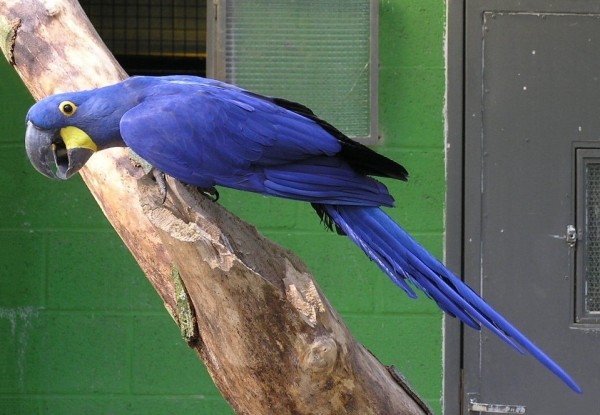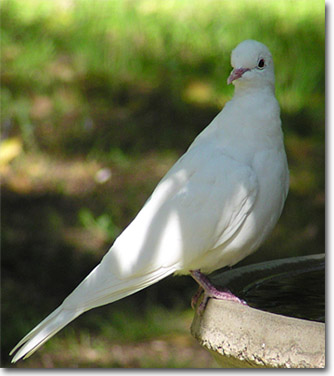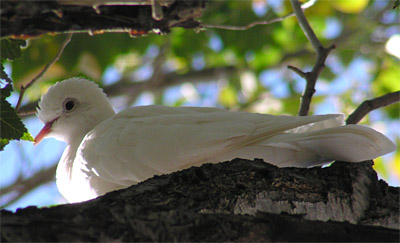Blue Bird of Paradis:
The
Blue Bird-of-paradise, Paradisaea rudolphi, is a medium-sized with a
bluish-white bill, dark brown iris, grey legs, broken white eye-ring and
bright blue wings. The male is adorned with violet blue and cinnamon
flank plumes and two long ribbon-like tail feathers. The female has a
chestnut brown below.
The
Blue Bird-of-paradise is endemic to Papua New Guinea. It is distributed
to mountain forests of southeastern New Guinea. ITIS recognizes only
one subspecies, but additional subspecies margaritae and ampla have been
described. The male is polygamous and performs a breathtaking courtship
display. But unlike all other Paradisaea species, he performs solitary
with attending female nearby. In display, the male hangs from a branch
upside down. The black oval with red margin at the centre of his chest
is rhythmically enlarged and contracted. His violet blue plumes spread
out in a fan, swaying its body back and forth while the central tail
feathers form two impressive arches down to either side. Throughout his
performance he vocalizes softly in a low but harsh vibrating voice.
Regarded
by some ornithologists as the loveliest of all birds, the Blue
Bird-of-paradise was discovered by Carl Hunstein in 1884. The scientific
name commemorates the ill-fated Crown Prince Rudolf of Austria.
Due
to ongoing habitat loss, limited range, small population size and
hunting in some areas for its highly prized plumes, the rare Blue
Bird-of-paradise is classified as Vulnerable on the IUCN Red List of
Threatened Species.
Goldies Bird of Paradise:
The Goldie's
Bird-of-paradise, Paradisaea decora is a large, approximately 33 cm
long, olive-brown bird-of-paradise. The male has a yellow and dark green
plumage with a lavender grey breast, yellow iris and grey colored bill,
mouth and feet. It is adorned with large crimson ornamental flank
plumes and two long tail wires. The male is distinguished from other
Paradisaea species by its lavender grey breast plumage. Unadorned female
has an olive-brown plumage with cinnamon-brown below.
Endemic
to Papua New Guinea, the Goldie's Bird-of-paradise is distributed in
the hill forests of Fergusson and Normanby Island of the D'Entrecasteaux
Archipelago, eastern Papuan Islands. The diet consists mainly of
fruits.
The
name commemorates the Scottish collector Andrew Goldie, who discovered
the bird in 1882.Due to ongoing habitat loss, limited range and
overhunting in some areas, the Goldie's Bird-of-paradise is evaluated as
Near Threatened on the IUCN Red List of Threatened Species.






